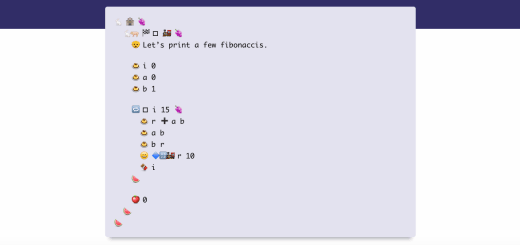Executive Summary
Happy Friday, Slate Plus members! Here at Slate’s New York offices, a block from the Hudson River, it’s freezing cold again—cold enough to make you miss January, the hottest January since records began in 1880. Ah, balmy January, with your warm breezes from the ever warmer Arctic—how we miss your tropical comforts!
![7 pillars of awesome game design jPio8Xdb4qmwo[1]](http://cdn1.tnwcdn.com/wp-content/blogs.dir/1/files/2016/02/jPio8Xdb4qmwo1-500x245.gif)
What makes an awesome game? Is it the characters, the plot, the world it’s set in, or just how many weapons you have at your ialoisposal? The games that have stood the test of time never rely on only one factor – they use a combination of distinct elements to ensure a gamer keeps coming back for more. But what are they? Below are the seven elements that every game designer needs to consider before unleashing their creation on the world. 1. World design World design defines the backstory and theme of the game. It is how expansive the world…
When it comes to branded content, social media is a difficult place to master. A new social scorecard from Shareablee details the top 25 brands in the S&P 500, and offers best practices for capturing social actions.
By far the most popular brand on the list is The Walt Disney Company. During the month of January there were 294.8 million social actions on 102,376 pieces of content, and maintained 785.9 million followers across Facebook, Twitter, Instagram, and YouTube.
Here’s How Social Media Will Impact the 2016 Presidential Election
So far, the run up to the 2016 elections has been, at various times, amusing or weird, but mostly interesting, thanks to social media. If not for this ever flexible, we wouldn’t have seen this hilarious Snap of Hillary chillin’, the world wouldn’t be same without those odd Trump-isms on Twitter, or worse, we wouldn’t have known what Scott Walker is eating!
With a presidential election looming this fall, mass media and social media will be more focused on policy issues over the next several months than likely at any other point until 2020. We’ve put together a questionnaire for the candidates to invite them to explain their own policy platforms. We’ll let you know what they say, and in the meantime encourage others to ask these questions themselves at campaign events, fundraisers, town halls, or informal appearances.

For Microsoft, 2015 was a year that’ll go down in the history books — and not because it released a new version of Windows or Office, but because the company fundamentally shifted in a big way by embracing open source.
Any time a social platform makes a design change, many users react immediately and negatively. Twitter’s decision to replace the favorite star with a like heart was no different, met with more rage than acceptance.
But that rage didn’t translate into action.

Nothing says ‘happy’ like emoji, right? Well, maybe not but this new emoji coding language could brighten up the day of any programmer. Emojicode is a new high-level programming language that can be used to make cross-platform applications.
There’s an ugly side to social media. The same platforms that provide the infrastructure for raising awareness for social causes are also used to harass and bully others. Most of the big networks handle harassment better than others, but Twitter is one of the biggest that seems to grapple with this challenge frequently.
Recently, Twitter has been taking steps to address the problem. In addition toupdating its policy on hate speech near the end of 2015, Twitter announced aTrust & Safety Council, wherein it works with advocates, academics and grassroots organisations to provide input on platform safety products and protocols.
Discover more from Erkan's Field Diary
Subscribe to get the latest posts sent to your email.